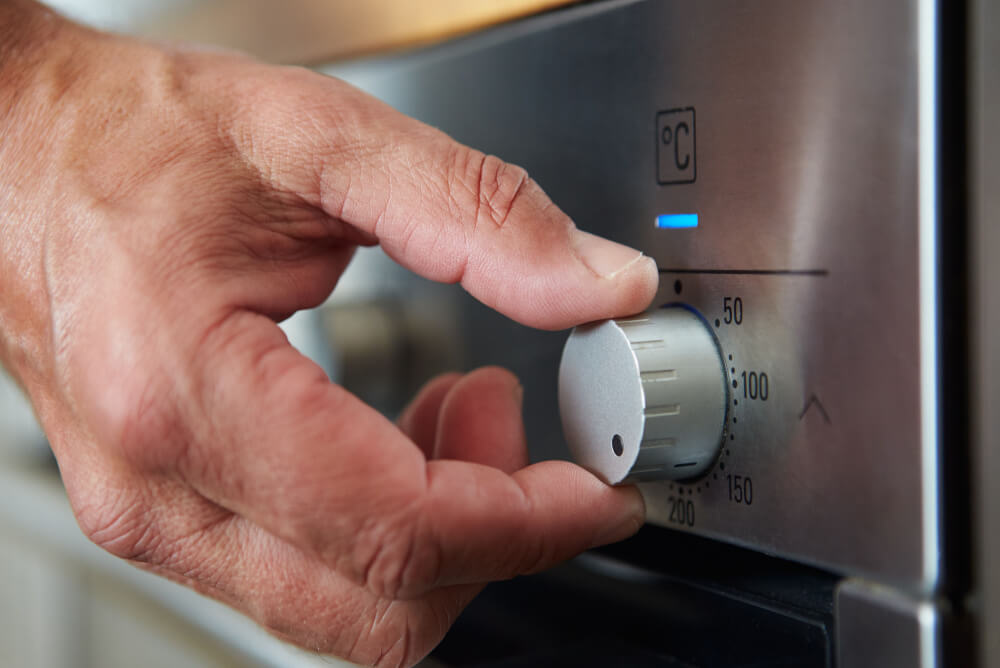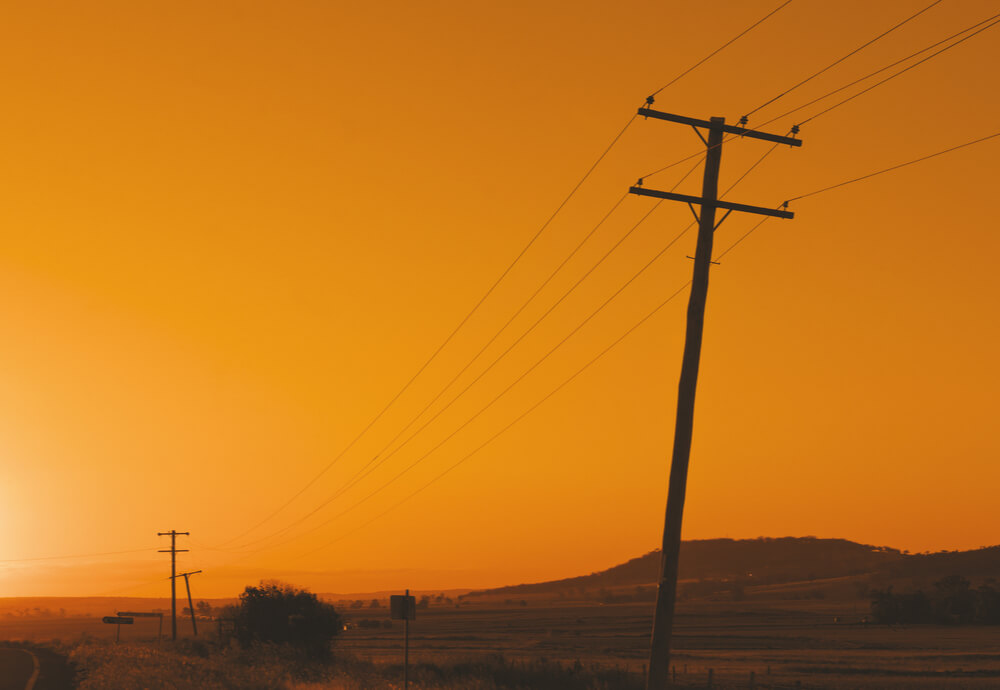In Australia, energy providers (also known as retailers) used to be owned, operated and regulated by state and territory governments. This meant that they couldn’t set their own prices.
However, over time, governments started restructuring the power market. They opened up different markets in certain regions, allowing energy providers to set their own prices and privatise. More energy providers were then able to enter and diversify the market.
This is known as energy deregulation.
The change represented a significant shift in what some of us pay on our electricity and gas bills. It might sound complicated, but we’re here to keep things simple and take you through how deregulation can benefit many Australians.
Deregulation of the energy industry occurs when the government of a particular state or territory allows private companies to enter the energy market and set their own electricity and gas retail prices. In Australia, the government has allowed both natural gas and electricity deregulation in several states and regions.
Deregulation does not affect the energy supply for the country; rather, utility companies can purchase energy at wholesale prices and package it in plans for customers. When there are more companies to choose from on the market, businesses and residential customers may be able to compare energy plans and choose one that best suits their energy needs.
More competition can also result in more competitive prices for customers, but there are still rules that govern how energy providers can operate even in deregulated areas. These rules are enforced by state regulators.
Deregulated energy markets may result in more competition from brands and increased options for you to choose from. Different options means you may be able to find a tailored plan that suits your needs for:
Regulated markets, however, doesn’t give you much choice when it comes to what plan you’re on or which provider you go with for your electricity and gas. However, it does mean Australians in remote parts of the country won’t be financially penalised for the additional expense of transporting energy to their property. Instead, if they’re in a regulated region, they might still pay a similar rate to others, regardless of their energy provider.
Generally, the state governments are responsible for their energy sector; this includes deregulation. While several states have deregulated their energy markets, not every state or territory has.
For example, in Western Australia (WA), the retail gas market is fully deregulated in Perth. However, electricity is still provided for most customers by government-owned provider Synergy.2 Synergy services the south-western region of WA, known as the South West Interconnected System (SWIS). Areas outside of SWIS are contestable, so large businesses may be able to choose their own retailer, but residential and small business customers are still restricted to Synergy.
Both WA and the Northern Territory (NT) have self-contained electricity grids and are regulated electricity markets. This is because these states have smaller populations spread out over a wide area, making it difficult for private energy providers to set up shop and be profitable.
The other states are deregulated energy markets – to varying degrees. Some of these have multiple private companies operating within them, but the energy prices they offer customers are still somewhat regulated:
Even in regulated electricity markets, energy providers are still allowed to offer discounts on official pricing.
To stop price gouging, the Australian Government has protections in place to help customers. The most notable government services that monitor providers to ensure fair trade include:
These authorities oversee how much generators (the energy production companies we use) are charging and how that cost flows on to customers.
When it comes to customer complaints, energy and utility ombudsman offices are available in each state and territory. They help provide a conflict resolution service at no cost to you.

In 2019, the Australian Government introduced the Default Market Offer (DMO) in South East QLD, NSW and SA.3 The DMO acts as the maximum annual cost customers should pay on a default energy contract for each distribution zones.
This means these “price caps” will differ depending on where you live.
The DMO also acts as a reference price for providers to set their prices and discounts against. When displaying offers online or over the phone, providers must disclose the annual cost of the product as a percentage below or above this reference price so you’ll have an idea if you’re getting a good deal. This ensures you can decide whether your energy plan is still good value.
Victorians have a similar offer known as the Victorian Default Offer (VDO), which acts as a cap and establishes a reference price similarly to the DMO.
Currently, the DMO and VDO do not set a reference price and annual cost caps for gas, although this may change in the future.
If you’re in a deregulated market, you have the power of choice – and we can help you use it.
Our free comparison service is easy to use and can help you weigh up rates, supply charges and costs across different providers. If you see an energy plan you like, we’ll help sort out the paperwork too, meaning you can secure a new deal in only minutes!
1 Clean Energy Australia Report – Clean Energy Council. 2021. Accessed June 2022.
2 Can I choose my retailer? – Economic Regulation Authority, Western Australian Government. 2018. Accessed May 2022.
3 Default market offer prices 2021-22 – Australian Energy Regulator, Australian Government. 2021. Accessed May 2022.
